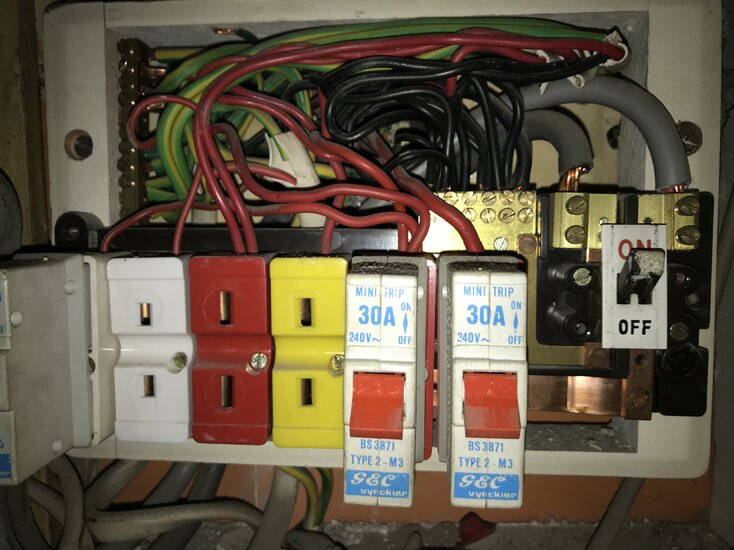C
Chrisknowlesuk
In the process of doing an EICR for a rental property (probably an HMO).
Really old CCU that has exposed live parts once the lid is removed and so would need to be super careful testing as there is no other isolation except the 100A tagged fuse.
Don’t feel comfortable doing any further tests because of the safety nature (am I a wimp).
But it occurred to me that surely this should definately be a new board upgrade job if it’s in a HMO property?
Thoughts??
Really old CCU that has exposed live parts once the lid is removed and so would need to be super careful testing as there is no other isolation except the 100A tagged fuse.
Don’t feel comfortable doing any further tests because of the safety nature (am I a wimp).
But it occurred to me that surely this should definately be a new board upgrade job if it’s in a HMO property?
Thoughts??













